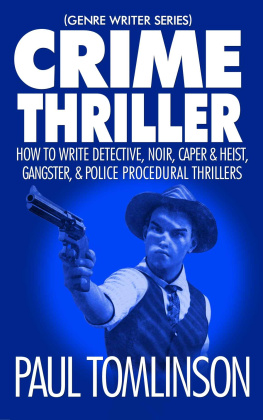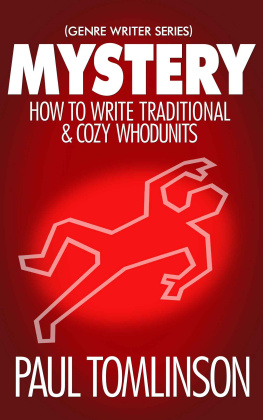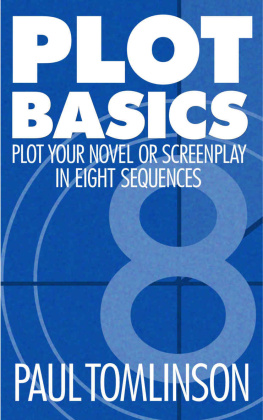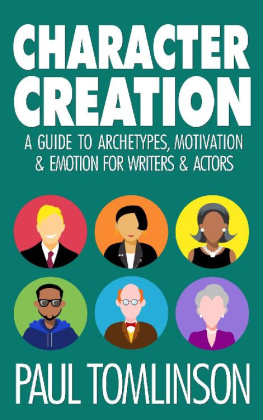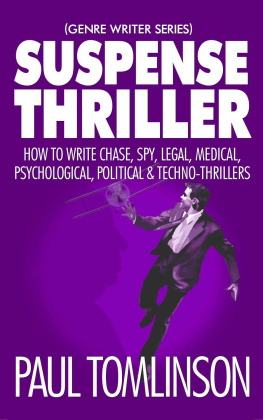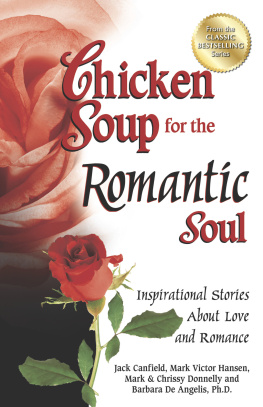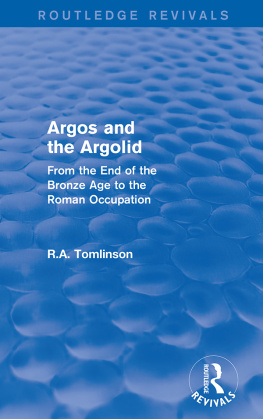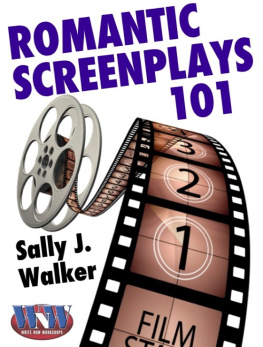Paul Tomlinson - Romance: How to Write a Romantic Novel
Here you can read online Paul Tomlinson - Romance: How to Write a Romantic Novel full text of the book (entire story) in english for free. Download pdf and epub, get meaning, cover and reviews about this ebook. year: 2022, publisher: Paul Tomlinson, genre: Home and family. Description of the work, (preface) as well as reviews are available. Best literature library LitArk.com created for fans of good reading and offers a wide selection of genres:
Romance novel
Science fiction
Adventure
Detective
Science
History
Home and family
Prose
Art
Politics
Computer
Non-fiction
Religion
Business
Children
Humor
Choose a favorite category and find really read worthwhile books. Enjoy immersion in the world of imagination, feel the emotions of the characters or learn something new for yourself, make an fascinating discovery.
- Book:Romance: How to Write a Romantic Novel
- Author:
- Publisher:Paul Tomlinson
- Genre:
- Year:2022
- Rating:3 / 5
- Favourites:Add to favourites
- Your mark:
- 60
- 1
- 2
- 3
- 4
- 5
Romance: How to Write a Romantic Novel: summary, description and annotation
We offer to read an annotation, description, summary or preface (depends on what the author of the book "Romance: How to Write a Romantic Novel" wrote himself). If you haven't found the necessary information about the book — write in the comments, we will try to find it.
Romance: How to Write a Romantic Novel — read online for free the complete book (whole text) full work
Below is the text of the book, divided by pages. System saving the place of the last page read, allows you to conveniently read the book "Romance: How to Write a Romantic Novel" online for free, without having to search again every time where you left off. Put a bookmark, and you can go to the page where you finished reading at any time.
Font size:
Interval:
Bookmark:
Copyright 2022 by Paul Tomlinson
All rights reserved. This book may not be reproduced or transmitted, in whole or in part, or used in any manner whatsoever, without the express permission of the copyright owner, except for the use of brief quotations in the context of a book review.
The content of this book is provided for educational purposes. Every effort has been made to ensure the accuracy of the information presented. However, the information is sold without warranty, either express or implied, and the author shall not be liable for any loss or damage caused directly or indirectly by its use.
First published November 2022
Publisher: Paul Tomlinson
www.paultomlinson.org/how-to
Cover image and design 2022 by Paul Tomlinson
Cover image includes some elements from Pixabay.com

In the Genre Writer series, my aim is to take apart the plots of genre novels to see how they work. I explore the main genre conventions or tropes, showing you what readers expect you to include in their favourite genre. And I dig into academic literature to find out why these tropes are included and how they work. Then, having done all that, I try to come up with some practical tools for you to use when constructing the plot of your genre novel. In short, my hope is to tell you what to do, why to do it, and (most importantly) how to do it. Sometimes this means I end up writing a big book because I try to cram everything in.
For most genres, it is enough for me to explore the plot, with characters included as a function of the plot. I talk about what the plot needs the characters to do. But in dissecting the romance genre, I found that things were a bit different. Yes, there is a romance plot, and I can give you a template for that its not quite a secret formula, but its as close as I can get. But a major part of a romance novel is the relationship between the two lovers, which means I need to explore the nature of that relationship. And I need to spend more time on creating characters, especially the hero of the story. There is a lot more information and advice on character creation in this book than in any other volume in this series.
If youre reading this, you know what a romance novel is. But to keep us on track through the pages ahead, I wanted to have a definition, so well know what is and is not a romance novel. I looked at definitions from romance writers, how-to books, and academic texts and came up with this:
A romantic novel is a work of fiction depicting the development of the loving relationship and eventual commitment of two (or more) characters.
Ive excluded any reference to gender and included the possibility of polyamory or stories that feature the relationships of two or more couples. Ive used commitment instead of marriage to indicate the importance of the happy ever after (or happy for now). And the development of a loving relationship part is what the main part of a romance novel is about.
Stories featuring romance have been around for as long as humans have been telling stories and various stories have been suggested as being the first romance novel. From my reading, I would say that some of the early titles suggested are almost-but-not-quite. The first novel that I feel fits the definition is Jane Austens 1813 novel Pride and Prejudice. It is the first novel by a female writer with a female protagonist and told from that characters point of view. Austen also allowed us access to her characters thoughts, something we take for granted today but which was relatively uncommon back then.
Pride and Prejudice includes most of the conventions or tropes readers expect to see in romance novels today. I wouldnt recommend using it as a model for your novel it runs to something like 120,000 words and modern readers want things to move a little more rapidly these days. But after Id set down my structure for a romance novel plot, I went back to see if Pride and Prejudice fitted the template. It did. More or less. Phew!
This book is concerned with the plots of romance novels. Other books in this series have covered the plots of genre novels and screenplays. In terms of plot structure and plot conventions, the two are usually very similar. This is not true for romance novels and romance movies. For a start, romance isnt really a genre in Hollywood. Movies are typically romantic comedies. You will find a few films adapted from romance novels, but these are often made for specific television channels.
One of the main differences between a romance novel and a romantic comedy movie is that even though both are typically about a heterosexual couple, the movie usually presents the story from the point of view of the male character. Billy Crystals character in When Harry Met Sally, Richard Geres character in Pretty Woman, Tom Hanks character in Sleepless in Seattle, Patrick Swayzes character in Dirty Dancing... This reflects a tradition of male heroes that dates back to at least the theatre of Ancient Greece, being continued into the works of William Shakespeare, and on into the screenplays of Nora Ephron. Romantic comedy novels are told from the heroines point of view, romantic comedy movies not so much. Im sure there are good reasons for this difference, but they dont concern us here.
While much of what is included in this book could be applied to writing a romantic comedy screenplay, I think there are too many differences for me to feel comfortable promoting this book as being for screenwriters. Hollywood romantic comedy is a separate genre in its own right.
Having said that, I will refer to some of these movies in the pages ahead as examples of some of the things I discuss. Old movies are much easier to track down than older romance novels and you can watch them in ninety minutes or less. Plus, in things like dialogue, the modern romance novel was influenced by the Hollywood romantic or screwball comedy.
The romance novel plot I write about in this book is primarily intended for a story featuring one couple. It is suitable for a novel of 50,000 to 60,000 words and with a strong subplot it works fine for 90,000 words or so. Its not intended for multi-generation family sagas or epic romances with multiple intertwining subplots Im not brave enough to try and tell you how to write one of those!
The romance genre has been divided into different categories or sub-genres for decades. Examples of the broadest categories include contemporary romance, paranormal romance, romantic suspense, Western romance, medical romance, erotic romance, and romance with religious/spiritual elements (including Christian romance). Some of these overlap, so you can have a Christian Western romance or an erotic paranormal romance, to pick two examples.
With the advent of online bookstores, eBooks, and self-publishing, we have seen a rise in more specific sub-sub-genres. On Amazon, for example, paranormal romance is subdivided into angels, devils and demons, ghosts, psychics, vampires, werewolves and shifters, and witches and wizards. It is possible for a book to be in an even more specific niche, targeting readers whose preference is for stories where the hero shifts into a dragon.
I am not going to try and cover every single sub-sub-genre of romance fiction because (a) there are too many, and (b) they dont all feature different plot structures. Virtually all of them use variations on the same handful of plots. The plots feature specific conventions or tropes such as the secret baby or the marriage of convenience. These are not sub-genre specific.
Font size:
Interval:
Bookmark:
Similar books «Romance: How to Write a Romantic Novel»
Look at similar books to Romance: How to Write a Romantic Novel. We have selected literature similar in name and meaning in the hope of providing readers with more options to find new, interesting, not yet read works.
Discussion, reviews of the book Romance: How to Write a Romantic Novel and just readers' own opinions. Leave your comments, write what you think about the work, its meaning or the main characters. Specify what exactly you liked and what you didn't like, and why you think so.


